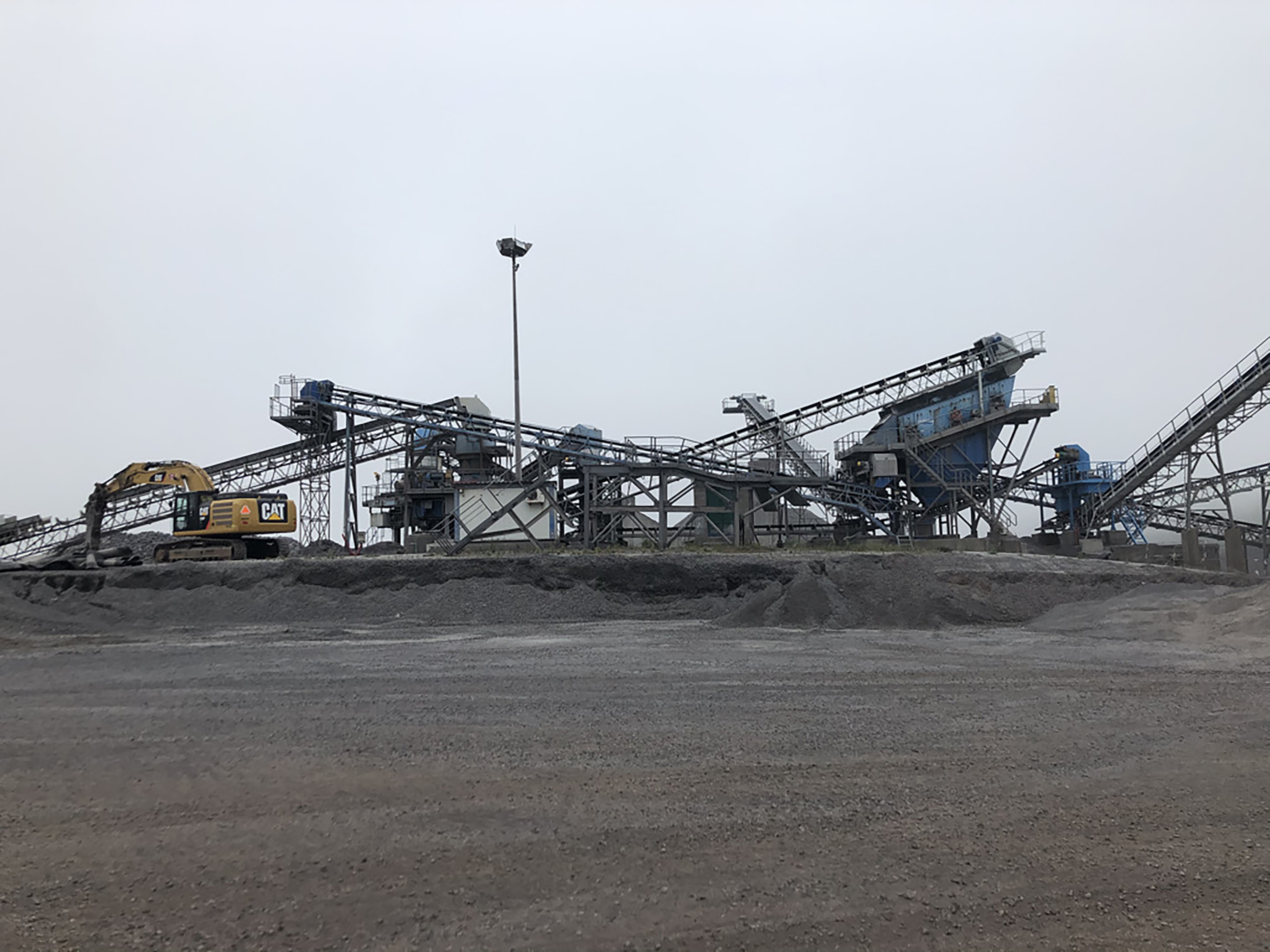
Reshaping the Island: architectures of extraction
##plugins.themes.immersion.article.figure##

Resumen
Urban environmental agency is visible through its materialization, nonetheless, the technological systems behind its production often remain concealed. Buildings and infrastructures, as technological products, are just a small visible part of a complex system – the excavation, exploitation, consumption, erosion, and transformation of basalt stones are among some of the technological procedures behind the physicality of landscapes. The extraction of raw materials from which the island is built leads to operations of material addition or subtraction – and the island reinvents itself, within a network of sites of exploitation and provision.
Through a photographic testimony of a basalt quarry in S. Miguel Island, this paper intends to explore the intertwinement between the extraction sites and its architectural manifestations. In this light, the acknowledgment of these invisible production sites is understood as a form of care for the possible futures of the island’s materialities.
Today, as the concern for the environmental impacts of construction is ever more present on the global agenda, along with a shortage of many resources for civil construction activities, a critical awareness of the territories’ building materials urges. In this sense, to interrogate the island’s dependencies through an urban lens seems to be essential for a control of architectural materials. These landscapes disclose part of the extractions that produce the island, and considering that material and environmental impacts are also located in the future, this analysis seeks to engage urban production with a practice of care.
Cover image: Quarry, S. Miguel Island, 2021. Author’s photo
Referencias
- Arboleda, Martín. “Spaces of Extraction, Metropolitan Explosions: Planetary Urbanization and the Commodity Boom in Latin America”. International Journal of Urban and Regional Research 40, no. 1 (January 2016): 96-112. https://doi. org/10.1111/1468-2427.12290.
- Arboleda, Martín. “De la fábrica global a la mina planetaria: entrevista con Martín Arboleda”. Jacobin América Latina, no. 3 (Autumn - Winter 2021): 64-74.
- Brenner, Neil, ed. Implosions / Explosions: Towards a Study of Planetary Urbanization. Berlin: Jovis, 2014.
- Bridge, Gavin. “Contested Terrain: Mining and the Environment”. Annual Review of Environment and Resources 29 (November 2004): 205–59. https://doi.org/10.1146/annurev.energy.28.011503.163434.
- Caetano, S.D., E. A. Lima, S. Medeiros, J. C. Nunes, T. Braga. “Projecto GEOAVALIA – Um Primeiro Passo para Definição de Políticas Territoriais de Aproveitamento de Recursos Minerais nos Açores”, no publication date, no page number.
- Caviar, Space, ed. Non-Extractive Architecture, Volume 1: On Designing Without Depletion. Berlin: Sternberg Press; and Moscow: V-A-C Press, 2021.
- Chieffalo, Michael and Julia Smachylo, eds. New Geographies 10: Fallow. Cambridge: Harvard University School of Design; and New York: Actar Publishers, 2019.
- Daou, Daniel, and Pablo Pérez-Ramos, eds. New Geographies 08: Island. Cambridge: Harvard University School of Design, 2016. Domingues, Álvaro. Paisagens Transgénicas. Lisbon: Museu da Paisagem, 2021.
- Gadanho, Pedro. Climax Change!: How Architecture Must Transform in the Age of Ecological Emergency. New York - Barcelona: Actar Publishers, 2022.
- Ghosn, Rania, and El Hadi Jazairy / Design Earth eds. Geostories, Another Architecture for the Environment. New York - Barcelona: Actar Publishers, 2019.
- Graham, Stephen. Vertical: The City from Satellites to Bunkers. London - New York: Verso, 2018.
- Latour, Bruno. Où aterrir? Comment s’orienter en politique. Paris: Éditions La Découverte, 2017.
- Lopez, Fanny. L’ordre électrique. Infrastructures énergétiques et territoires. Genève: MétisPresses, 2019.
- MAS Context. “Fall Talks 2021, Territories of Territory Extraction”. Accessed March 25, 2022. https://www.mascontext. com/events/mas-context-fall-talks-2021/territories-of-territory-extraction/.
- Presidency of the Regional Government of the Azores. “Melhorar a Sustentabilidade, a Utilização dos Recursos e as Redes do Território”, Official Journal of the Autonomous Region of the Azores, Series 1, no. 55, April 9, 2020, 1314–1465.
- Ramsden, Keegan. “Cement and Concrete: The Environmental Impact”. PSCI Princeton, November 3, 2020. https://psci. princeton.edu/tips/2020/11/3/cement-and-concrete-the-environmental impact.
- Regional Legislative Decree no. 19/2015/A. “Plano Setorial de Ordenamento do Território para as Atividades Extrativas da Região Autónoma dos Açores (PAE)”. Diário da República, Series 1, no. 158, August 14, 2015.
- Regional Secretariat for the Environment and Climate Change. Plano Setorial de Ordenamento do Território para as Atividades Extrativas da Região Autónoma dos Açores (PAE). Phase D, volume 1, final report, 2013.
- RTP-Açores. “Venda de cimento cresceu em 2020”, Facebook, February 2, 2021. https://www.facebook.com/rtpacores/ videos/not%C3%ADcia-venda-de-cimento-cresceu-em-2020-rtp-açores/404303783965662/.
- Sepahvand, Ashkan, ed. Elements for a World: Stone. Beirut: Sursock Museum, 2016.
- Sloterdijk, Peter. Bubbles: Spheres Volume I: Microspherology. Translated by Wieland Hoban. South Pasadena, CA: Semiotext(e), 2011.
- SREA. Statistics Azores. “Produção e Venda de Cimento”. Accessed March 24, 2022. https://srea.azores.gov.pt/ Conteudos/Relatorios/detalhe_relatorio.aspx?idc=27&ida=1712&lang_id=1.
- Stengers, Isabelle. In Catastrophic Times: Resisting the Coming Barbarism. Translated by Andrew Goffey. Open Humanities Press and meson press, 2015. http://www.openhumanitiespress.org/books/titles/in-catastrophic-times/.